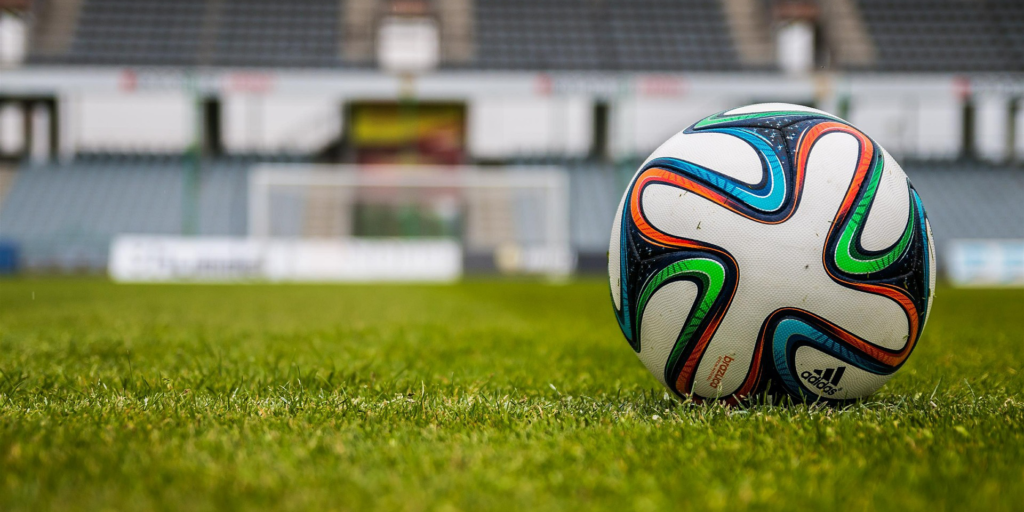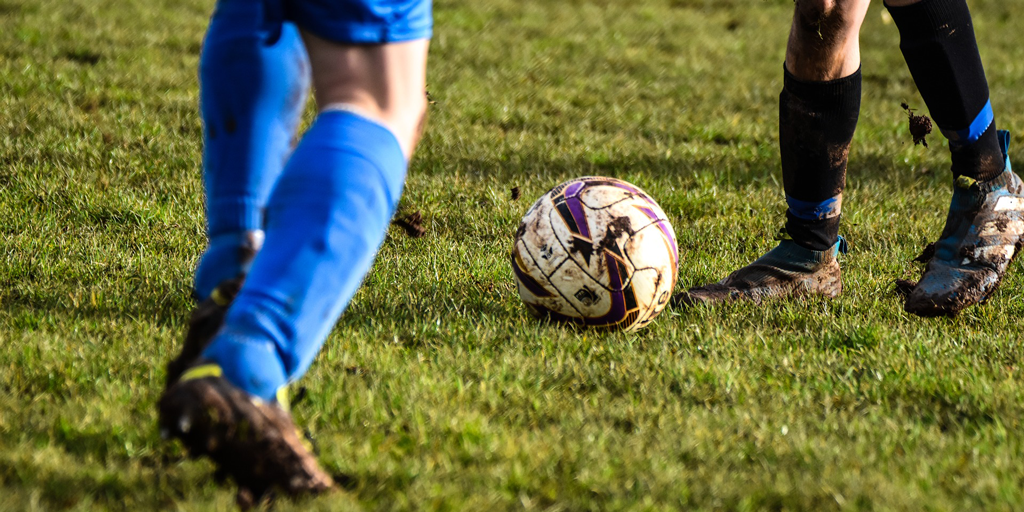Common Soccer Injuries
Each year, September marks the beginning of a new soccer season for kids and adults alike. Along with the fun of the game, unfortunately, soccer can bring a higher risk of injury.
As pedorthists, we see an increase in soccer injuries in September and early October, primarily a result of athletes coming off a summer of decreased physical activity and jumping into a stressful and high-impact sport. The body is unaccustomed to a sudden increase in activity.
As a result, the body will fatigue more easily, making it susceptible to injury.

The Most Common Soccer Injuries
Some of the most common soccer-related overuse injuries we see at Kintec:
Achilles injuries/Severs heel – An injury at the Achilles tendon or the tendon insertion at the calcaneus or heel bone.
Metatarsalgia – An injury where the bones of the forefoot are subject to too much impact.
Shin splints – Irritation of the inside of the lower leg usually due to increased impact shock during repetitive activity or poor foot mechanics.
Plantar fasciitis – Damage to the dense band of connective tissue through the arch of the feet often due to poor foot mechanics or improper footwear.
Many overuse injuries in soccer are associated with poor footwear that lacks shock absorption and biomechanical support. Soccer shoes are designed to keep the feet low to the ground, provide traction on grass and turf surfaces, and to allow the player to maintain a good ‘feel’ for the ball.
READ MORE: Orthotic Use For Soccer Cleats
As a result, soccer shoes offer very little shock absorption, do not provide sufficient support for the hindfoot or midfoot and have a low heel to forefoot pitch compared to traditional athletic shoes.

How to Reduce Soccer Injuries
Start off on the right foot with a full biomechanical assessment by a fit expert or certified pedorthist. They will help identify biomechanical issues that can contribute to common overuse injuries. They will also provide an opportunity to get fit with OTC insoles or custom orthotics specifically for soccer shoes.
When selecting a pair of soccer shoes, there are many features to look for. Make sure the heel counter is strong, the shoes are torsionally stiff through the midfoot and the flex point of the shoes matches the flex points of your feet.
Also, select a shoe for the surface you will be playing on. If you will be playing on both grass and turf fields, you should have a shoe for each different surface. The shoe should have an easily removed insole to allow for an OTC supportive insole or custom orthotic. Once you have chosen an appropriate soccer shoe, begin to gradually increase your intensity. This will allow your body time to adapt to new physical stresses on the body.
If you are experiencing an overuse injury then please consult with your physician. They may recommend a consultation with a Canadian Certified Pedorthist.
No Comments